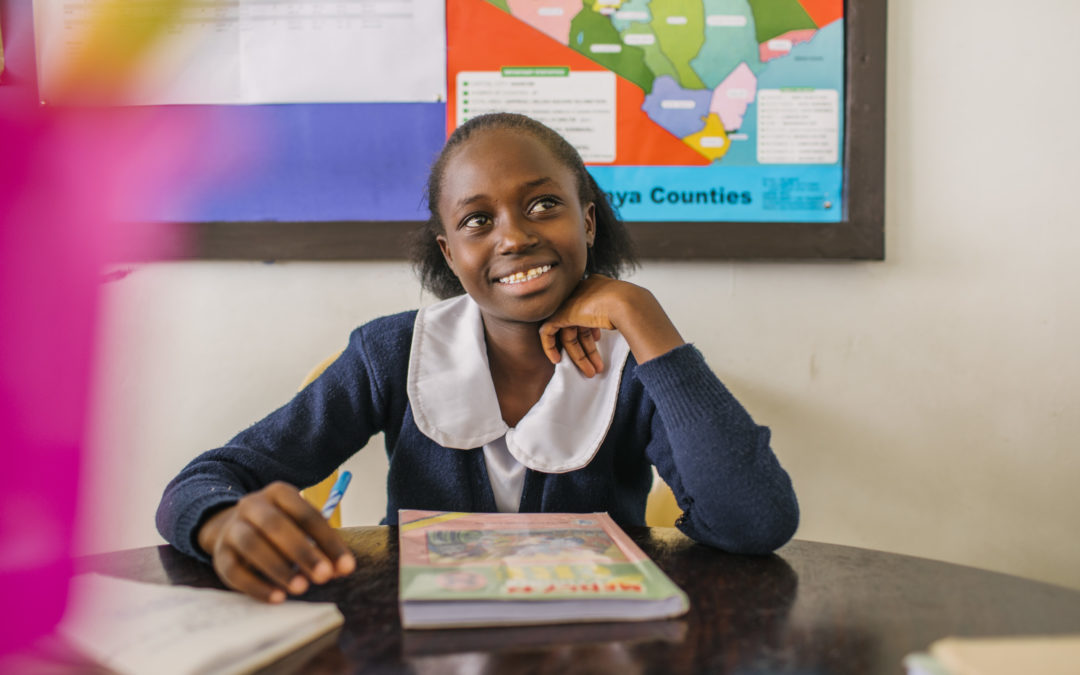Today is International Day of the Girl. We set aside this day to observe and specifically support more opportunities for girls. It exists to increase awareness about gender inequality that young girls face around the world, solely based on their gender.
As we honor our female Canopy Life students today, we must recognize the differences between the opportunities a female Kenyan child has compared to what we experience here in the US…
We must also honor the strides Kenya has made to bridge the gap of inequality for the girl child.
Here are 3 major strides that have been made for the girl child living in Kenya over the last 15 years…
OUTLAWING FEMALE GENITAL MUTILATION – 2011
If you have ever traveled to Kenya, specifically to areas where tribes are still very rooted in traditions and cultural practices, you may find FGM to be prevalent. The World Health Organization defines Female Genital Mutilation as a procedure that involves partial or total removal of the external female genitalia, or other injury to the female genital organs for non-medical reasons. The practice is mostly carried out by traditional practitioners. Many tribes around the world that perform this believe that FGM makes a girl “virtuous” and ready for marriage. The procedure is dangerous and can lead to infections and death.
In 2011, Kenya’s High Court officially outlawed the practice of FGM. This was after some 4 million girls and women across the country have undergone the procedure.
CHILD BRIDE LAWS – 2010
The country of Kenya has been fighting against child marriage practices since 2001. However, it wasn’t until 2010 when Kenya signed the African Charter on Human and People’s Rights, which included Article 6, setting the legal minimum age for marriage in Kenya at 18 years old.
Not only do traditions and culture impact child marriages, but poverty is a huge driving force as well. There is usually a dowry or some form of payment involved in any marriage across Kenya. With a dowry, a man provides money or some form of payment to a girl’s family in order to marry her. When poverty is a factor, it can be hard for a family to refuse, no matter the girl’s age.
Changing the thinking behind these practices and making sure there are laws in place to protect young girls from becoming a child bride will be a long road, but the strides that Kenya continues to make are encouraging.
SEXUAL VIOLENCE LAWS – 2021
45% of females in Kenya between the ages of 15-49 have experienced physical violence at least once. In 2021, the Kenyan government took co-leadership of the Generation Equality Movement’s Action Coalition. This movement works to end gender-based violence. With the support of Iceland, Uruguay and the United Kingdom, the movement provides leadership and guidance on strategies and best practices to end gender based violence. The group has committed 50 million dollars by 2026 to their own national efforts to reduce this violence significantly.
Our prayer for a hopeful future for girls in Kenya
We hope that as these laws are put into place they will seep into the culture as well. Unfortunately, just because a law is established doesn’t mean it fixes the problem. It doesn’t mean it will stop an act of violence, FGM, or child marriage. All 3 of these issues mentioned above greatly affect or stop the education of a girl child. This changes the course of her future.
Today, we pray for the future for our female students. We are praying the world they will enter into will be different than their mother’s before them! Today we honor the girl and all she has and will overcome to become everything God created her to be!
